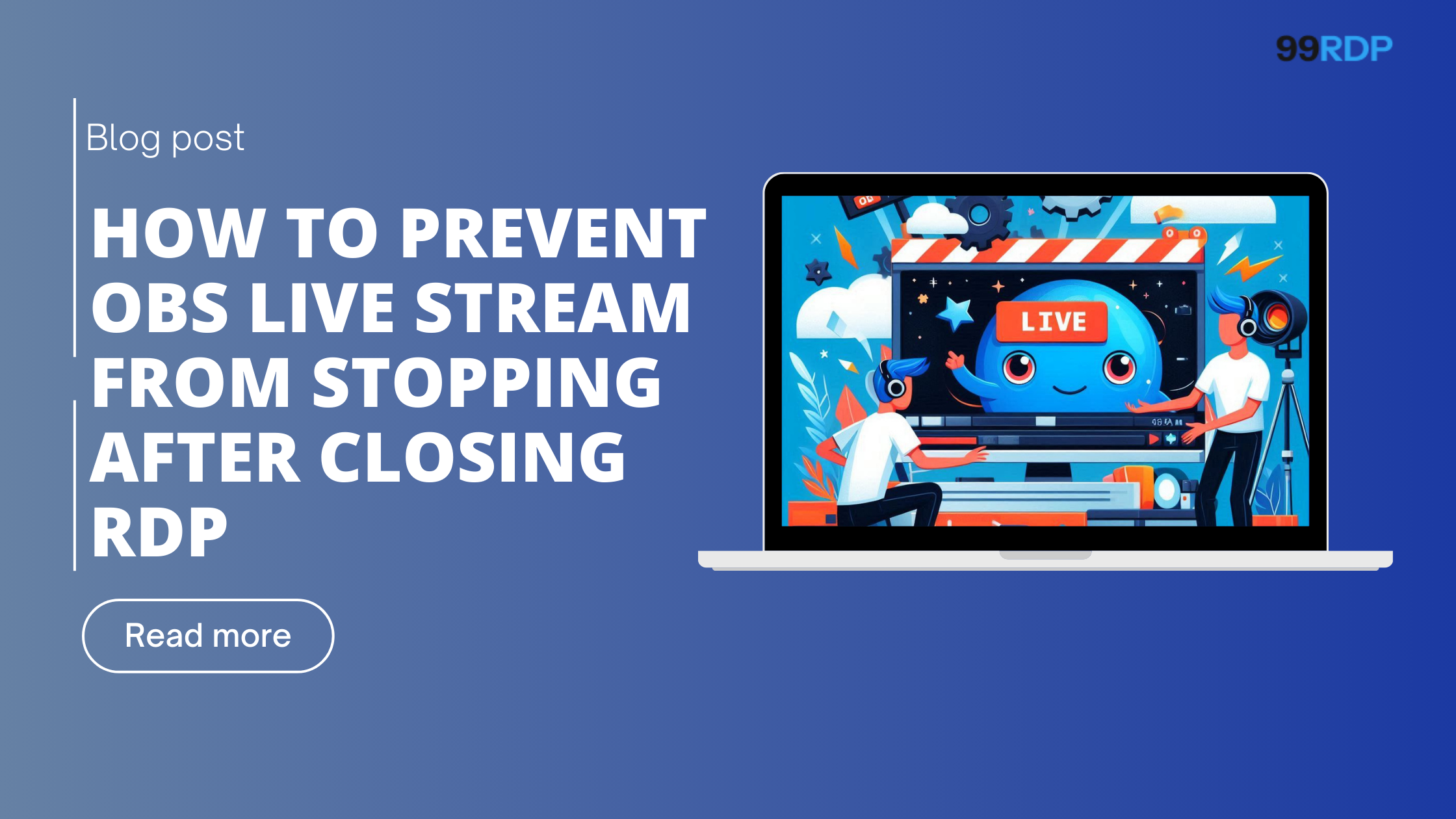How to Prevent OBS Live Stream from Stopping After Closing RDP
A common challenge for streamers and content creators using OBS (Open Broadcaster Software) is keeping their live stream active after disconnecting from a Remote Desktop Protocol (RDP) session. Typically, when you disconnect, RDP closes the virtual display, causing OBS to stop capturing and streaming. In this comprehensive guide, we’ll dive into why this issue occurs and provide actionable solutions to keep your stream running smoothly, even when you’re not connected.
Why OBS Live Stream Stops When You Disconnect RDP?
- OBS requires an active display output to capture video from the screen. When you connect to a computer via RDP, it generates a virtual display—essentially a “fake” monitor—that OBS can detect and stream from.
- However, disconnecting the RDP session removes this virtual display, leaving OBS without a screen to capture. As a result, your live stream halts because OBS loses its video source.
- To keep your stream going, you need to ensure the computer maintains a display output even after the RDP session ends.
- TightVNC provides a solution by keeping the display output active, even after disconnection. This lets OBS continue streaming seamlessly, as if the remote computer were still connected to a monitor.
Step-by-Step Guide: Using TightVNC to Keep OBS Live Streaming After Remote Session Ends
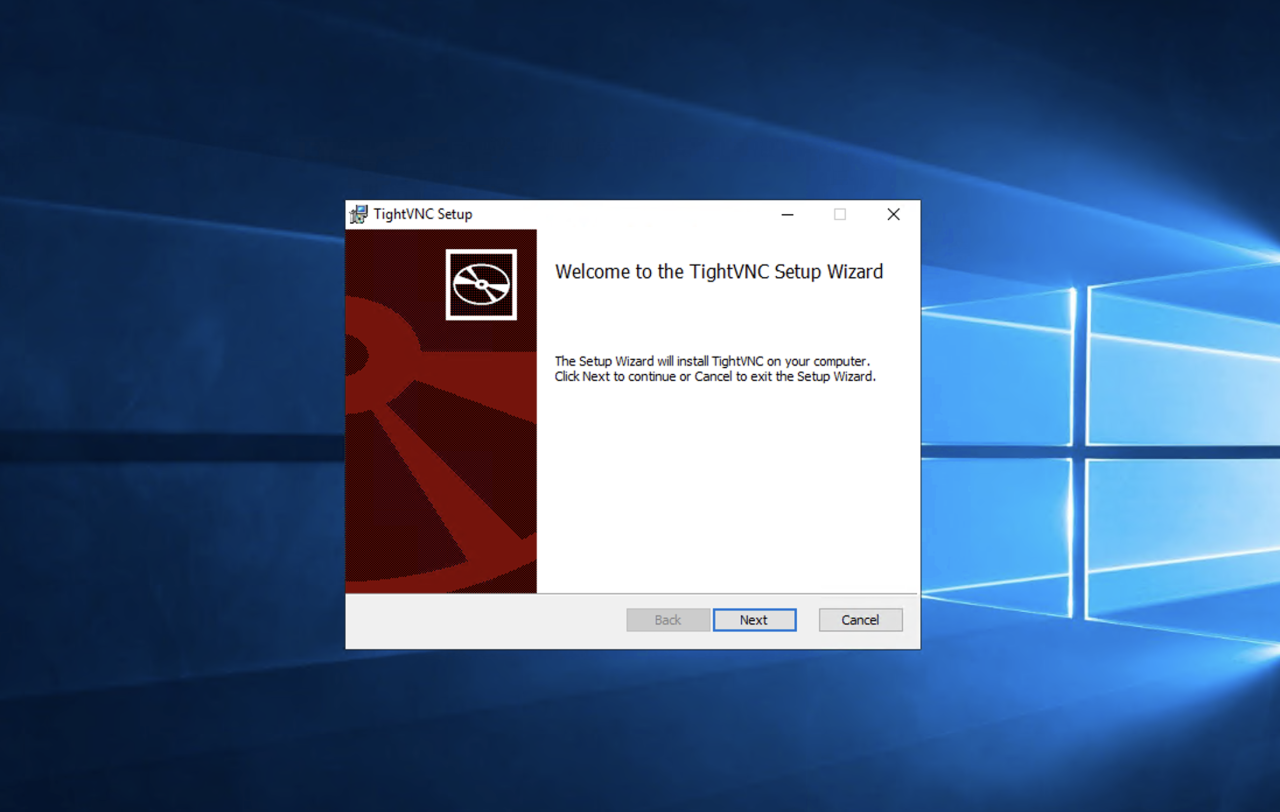
Download and Install TightVNC
To get started, you need to install TightVNC on both your local computer (from where you’ll control the remote machine) and the remote computer (where OBS is installed and streaming from).
1. Visit the TightVNC website and download the TightVNC Server for Windows.
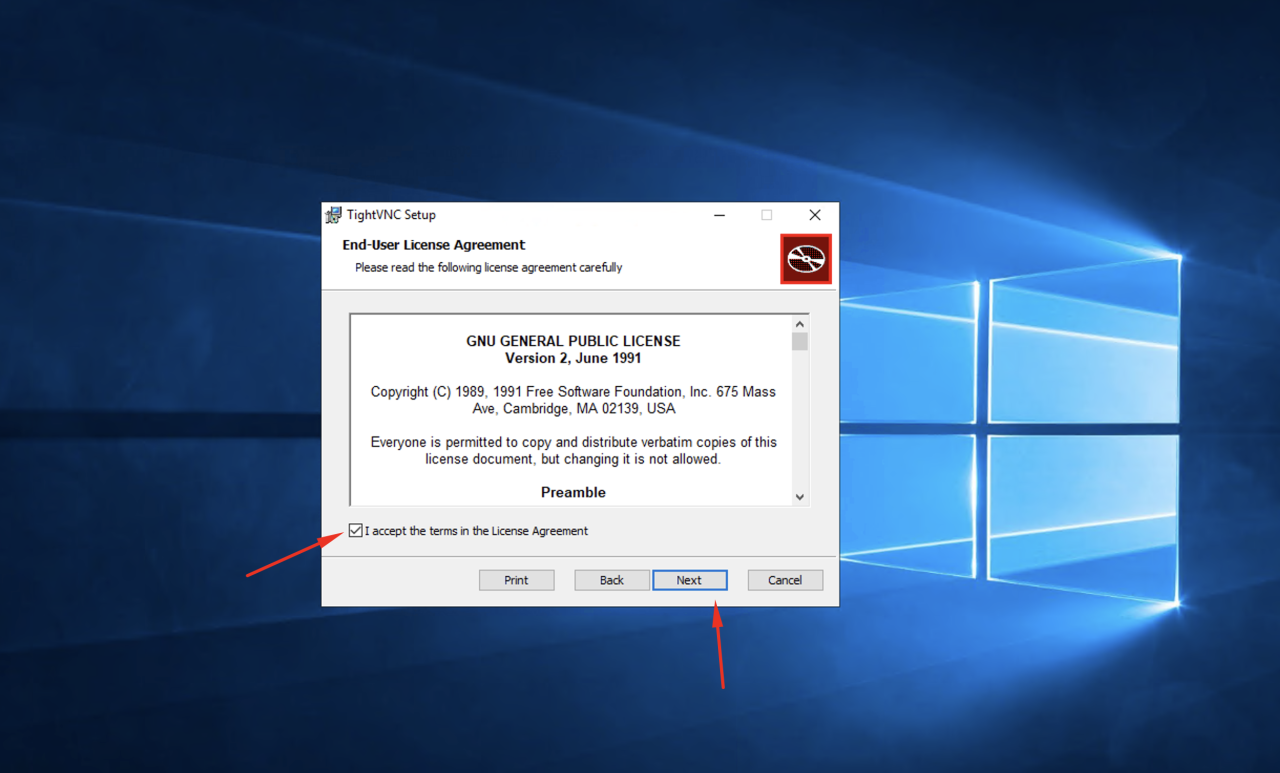
2.Install TightVNC by following the setup wizard. When prompted, choose “Complete” as the setup type.

3. Continue the installation by clicking “Next” repeatedly until you reach the “Install” button, then click it to proceed.

4.Set your password after the installation when prompted by the TightVNC server. Enter your chosen password and click “OK” to confirm.

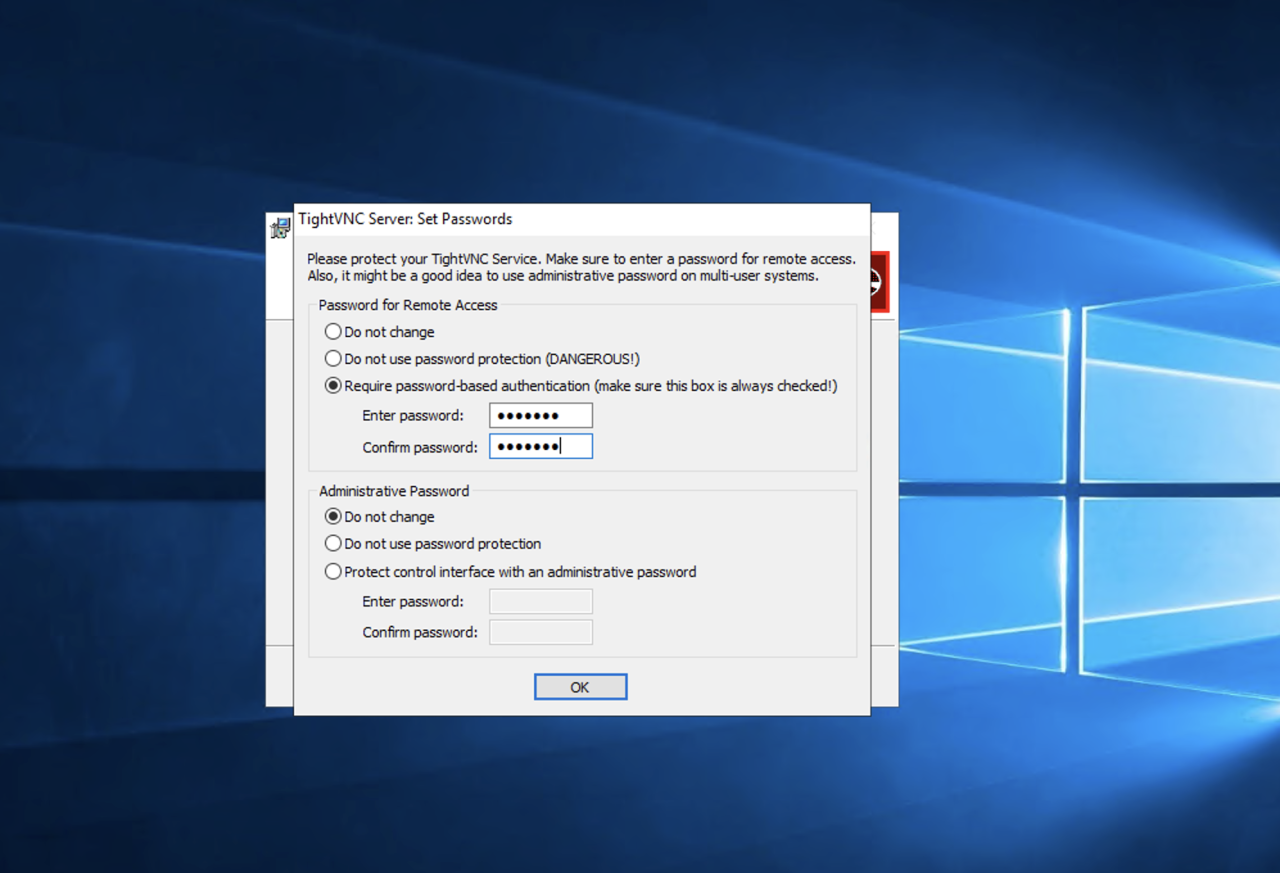
5.Finish the setup by clicking the “Finish” button to complete the installation.
6. Verify the running status by clicking the up arrow next to the speaker icon at the bottom right corner of your RDP window to confirm that TightVNC is active.
Using RealVNC Viewer on your local computer
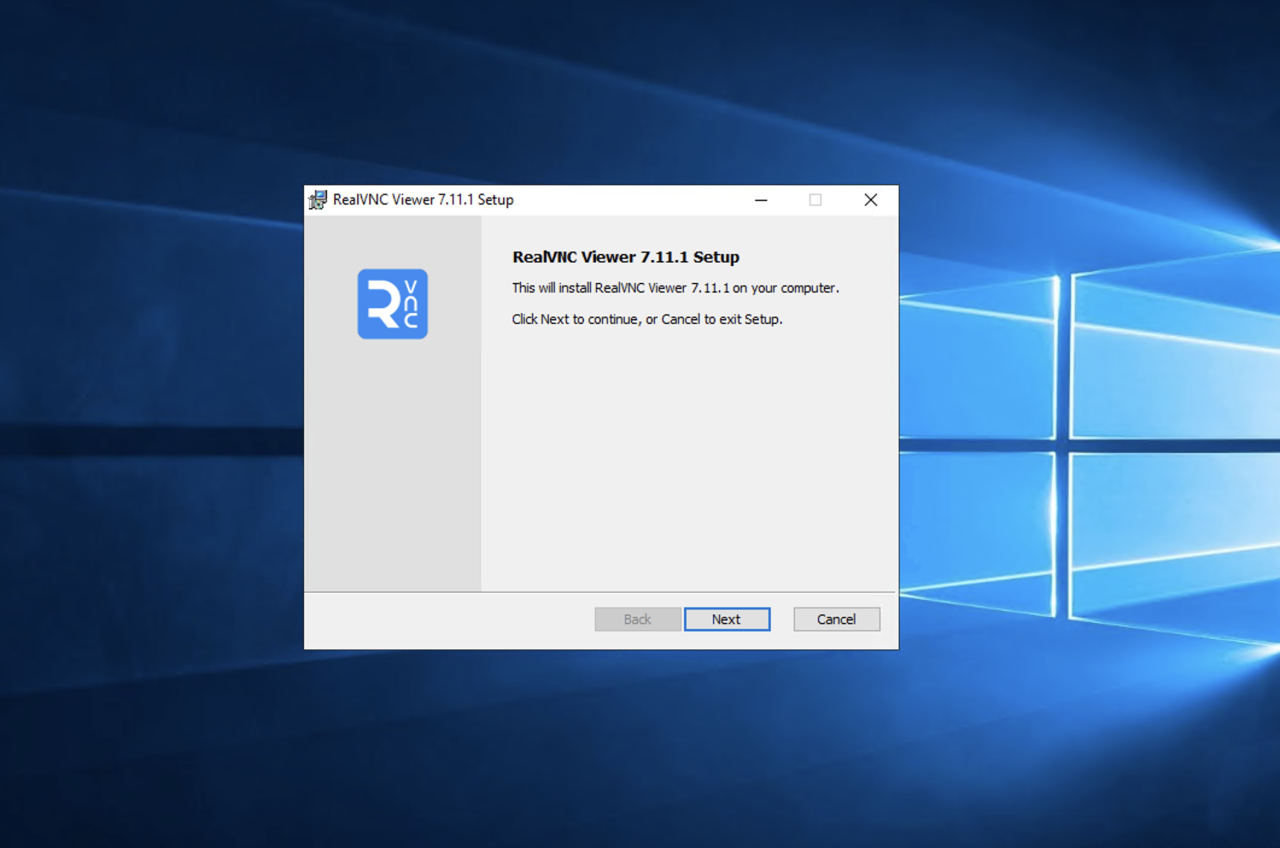
- Download RealVNC Viewer: Get RealVNC Viewer from their official website.

- Install RealVNC Viewer by following the setup wizard and clicking the “Install” button.
- Complete the installation by clicking the “Finish” button to exit the setup.
- Launch RealVNC Viewer by clicking the Windows Start button and locating it under “Recently added.” Click it to run the application.
- For the initial setup, uncheck the option to send anonymous usage data to help improve RealVNC Viewer. Then, click “Use RealVNC Viewer Without signing in.”
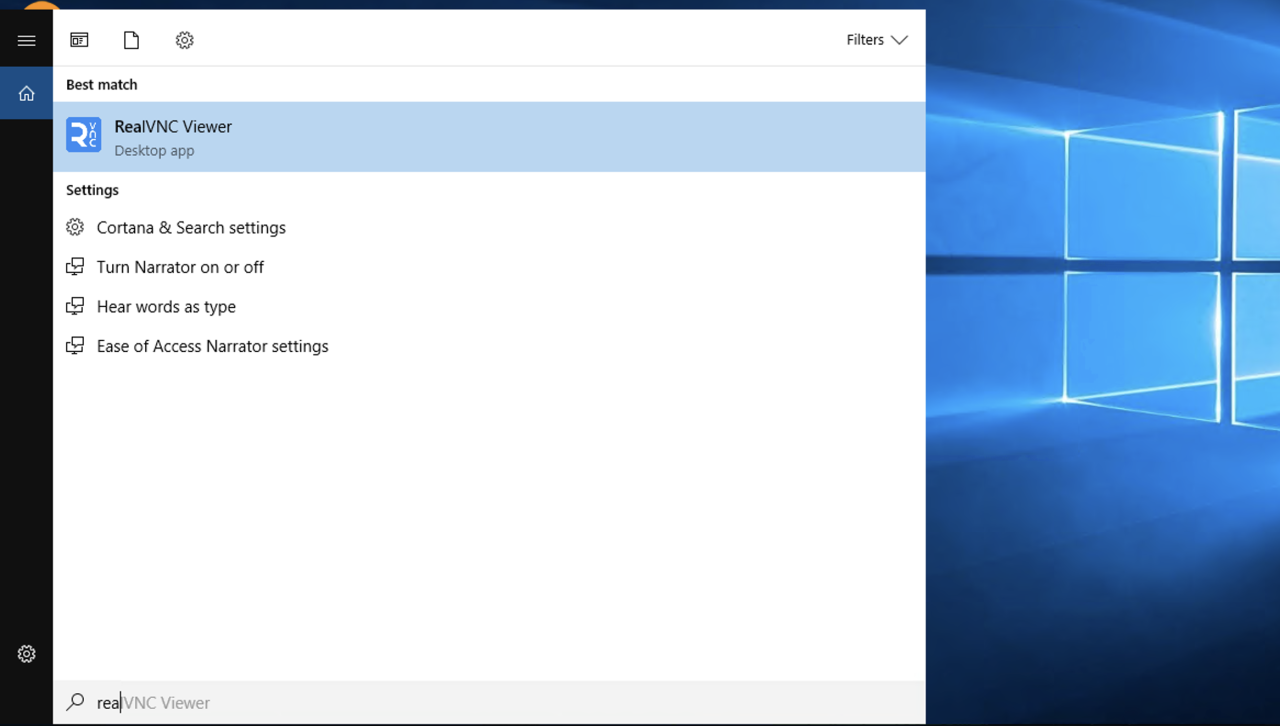
- Connect to Server: At the top, in the bar labeled Enter a VNC server address or search, enter your VPS IP address followed by a colon and the port number.
- Connect: Press the Enter key on your keyboard to connect.
Setting up OBS
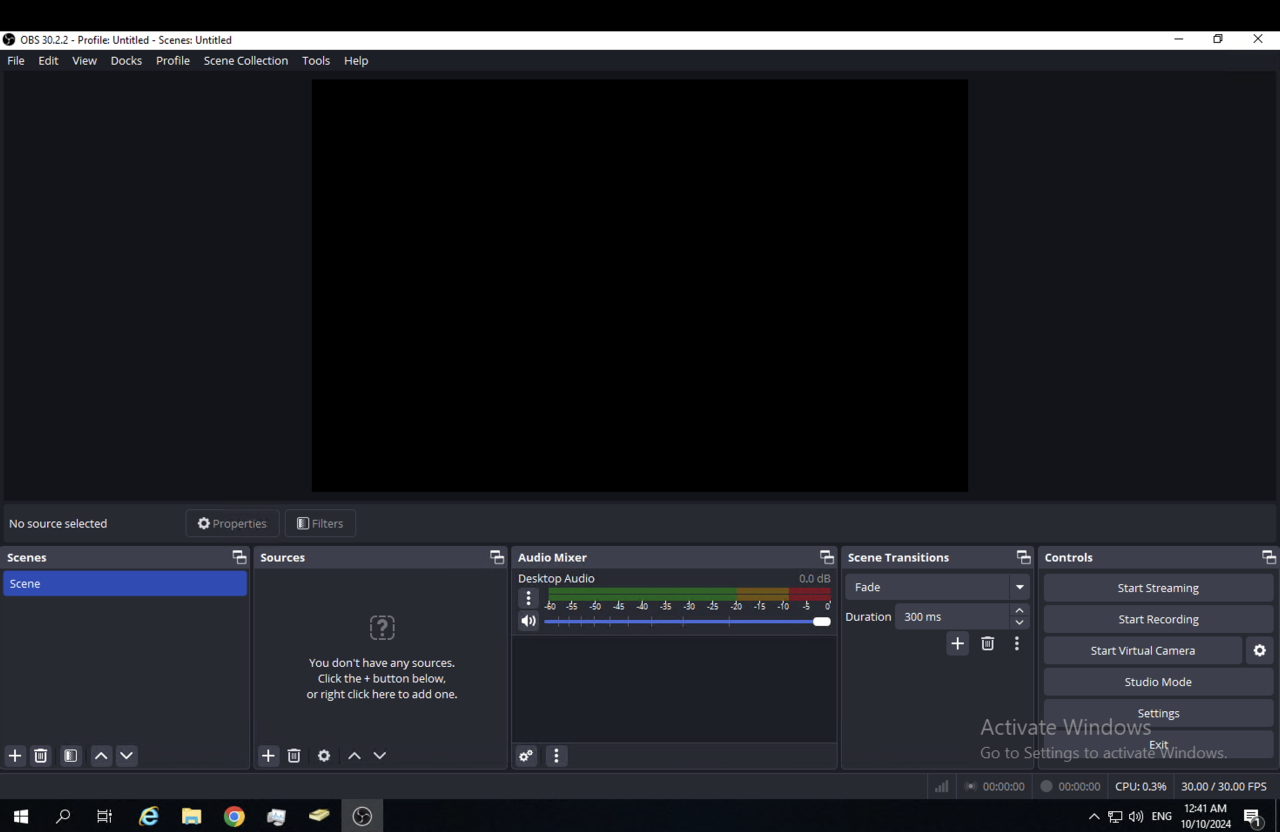
- Connect to your server using Remote Desktop Protocol (RDP) and set up OBS.
- Link your OBS to the account you’ll use to broadcast your live stream.
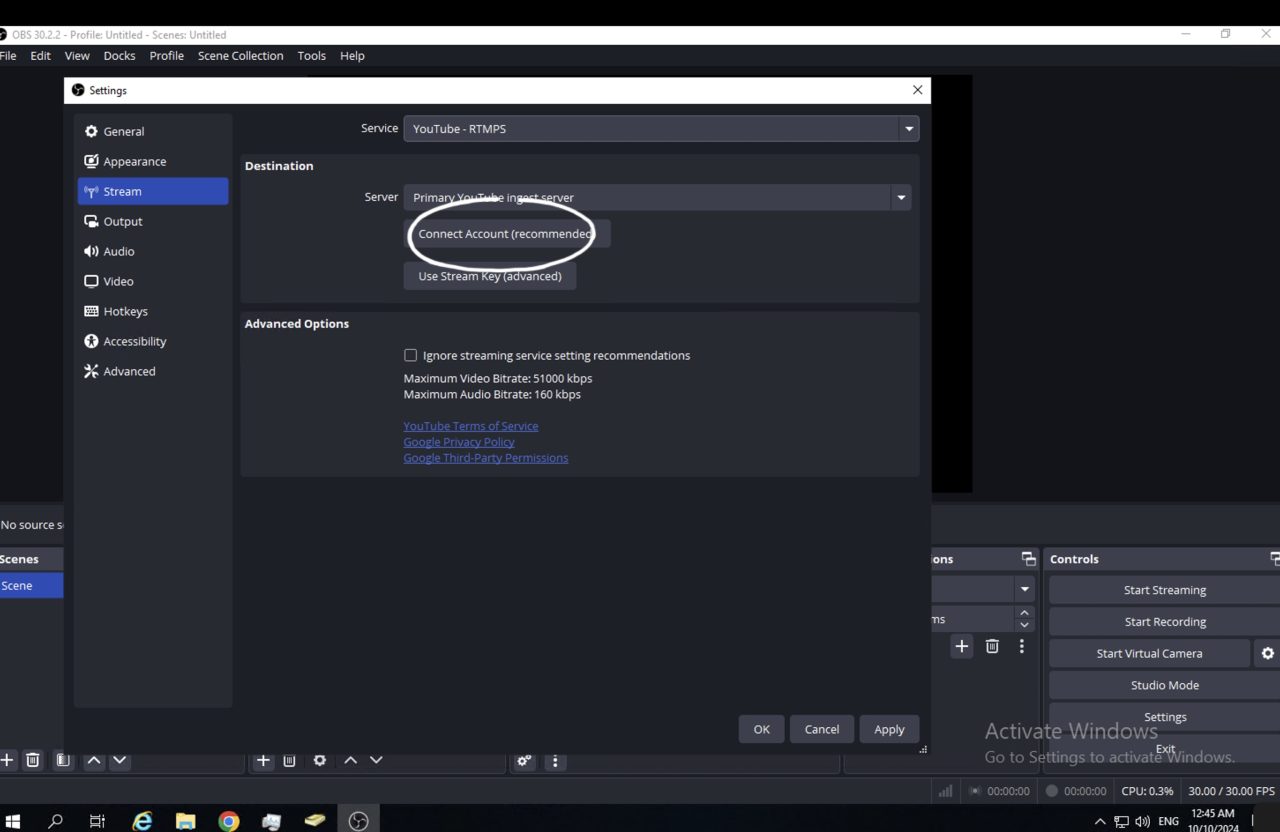
- Add Source: In OBS, under the Source section, click the plus icon and select Window Capture.
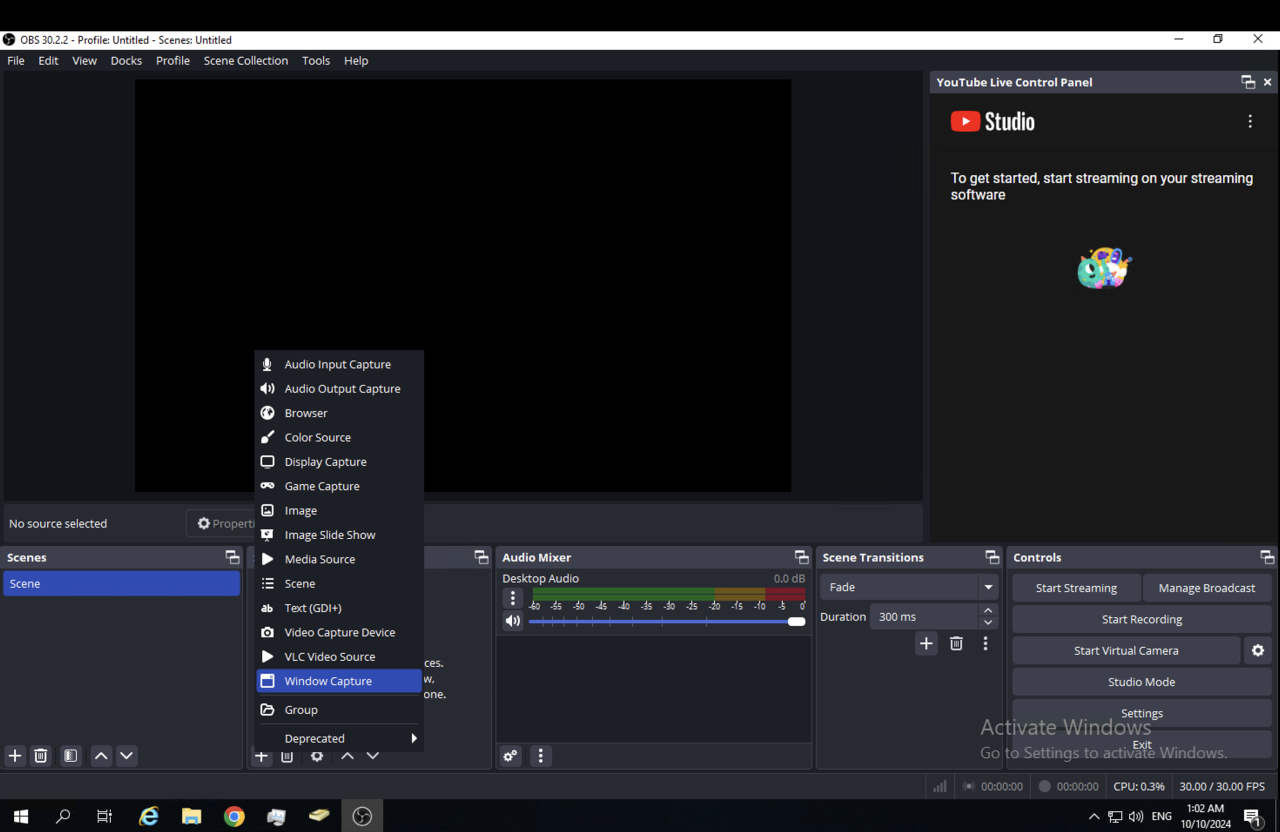
- Configure Window Capture: Describe the capture briefly, then click OK.
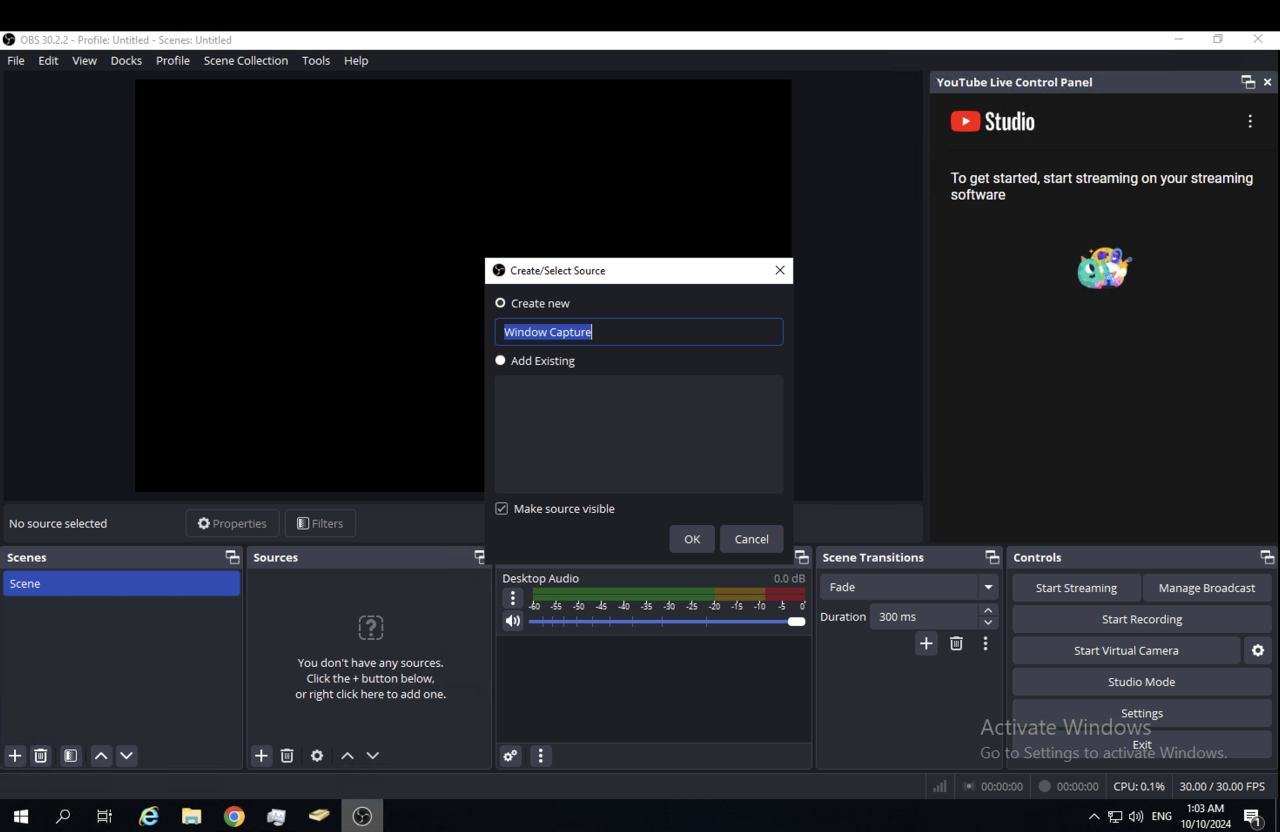
Window: Select the window you want to capture from the dropdown list.
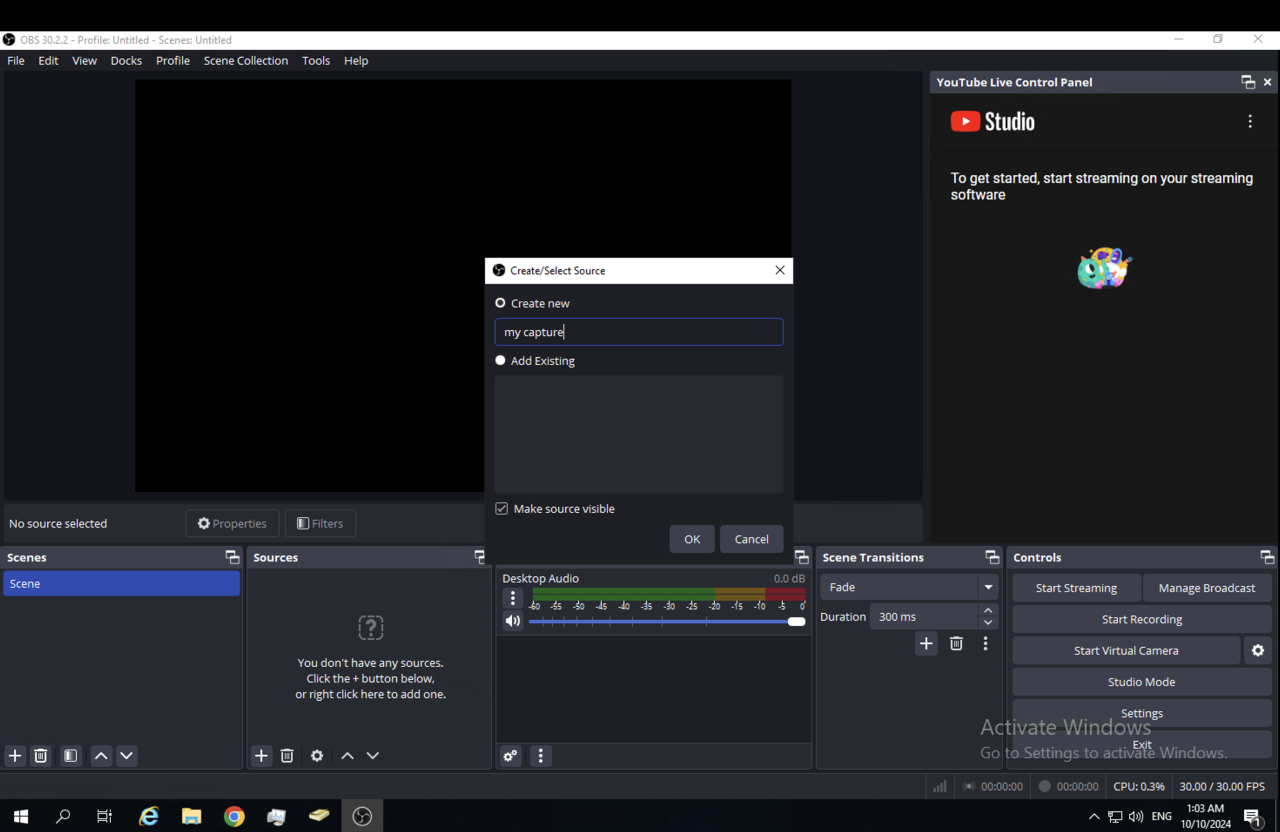
- Confirm Settings: Keep other settings default and click OK.
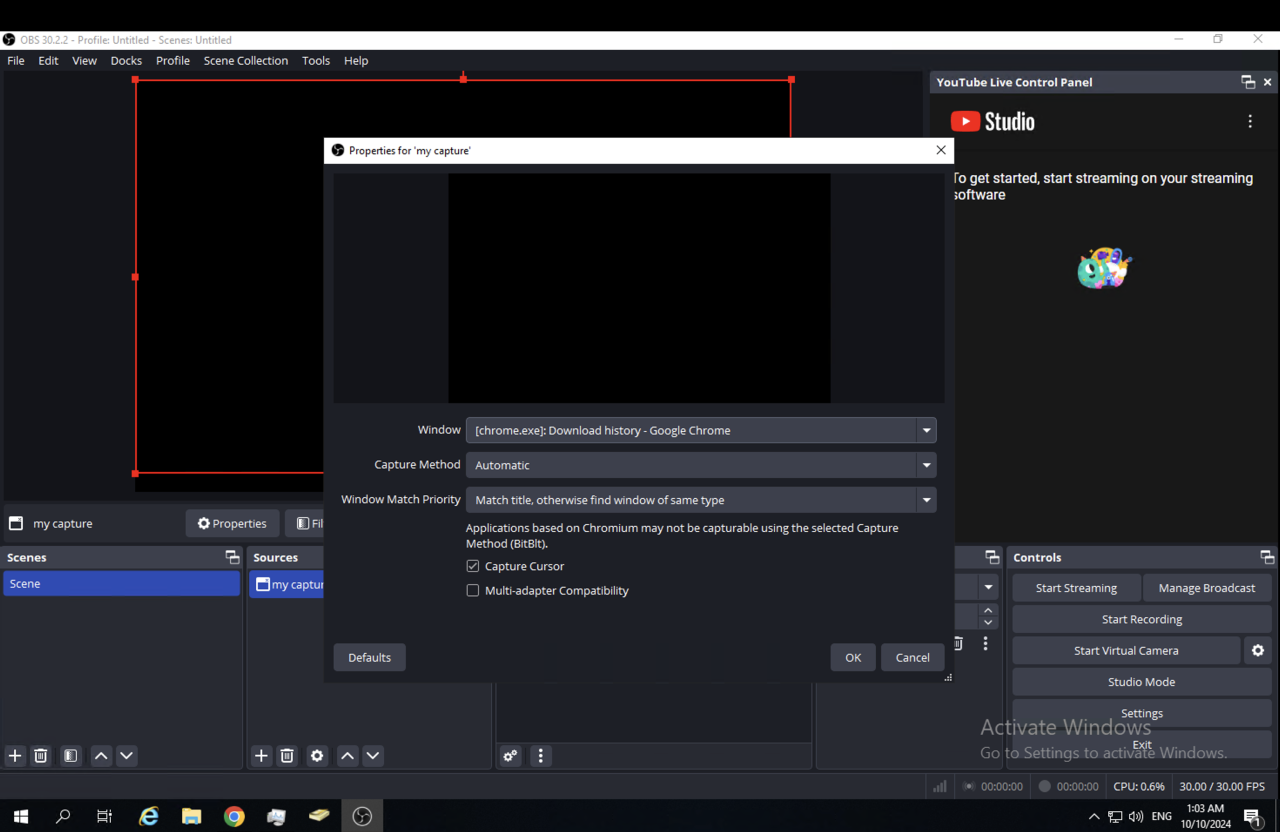
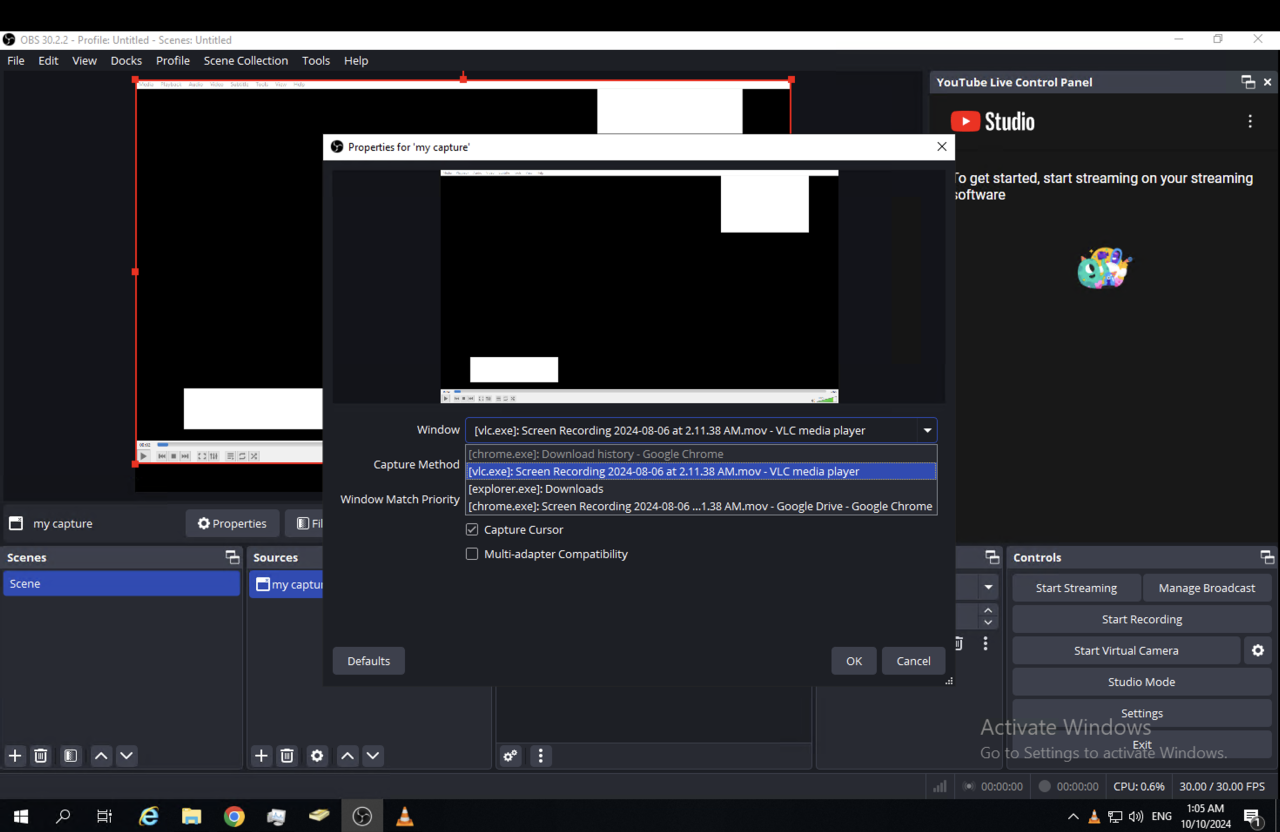
- Check Live Stream: On your local computer’s web browser, ensure the live stream displays correctly.
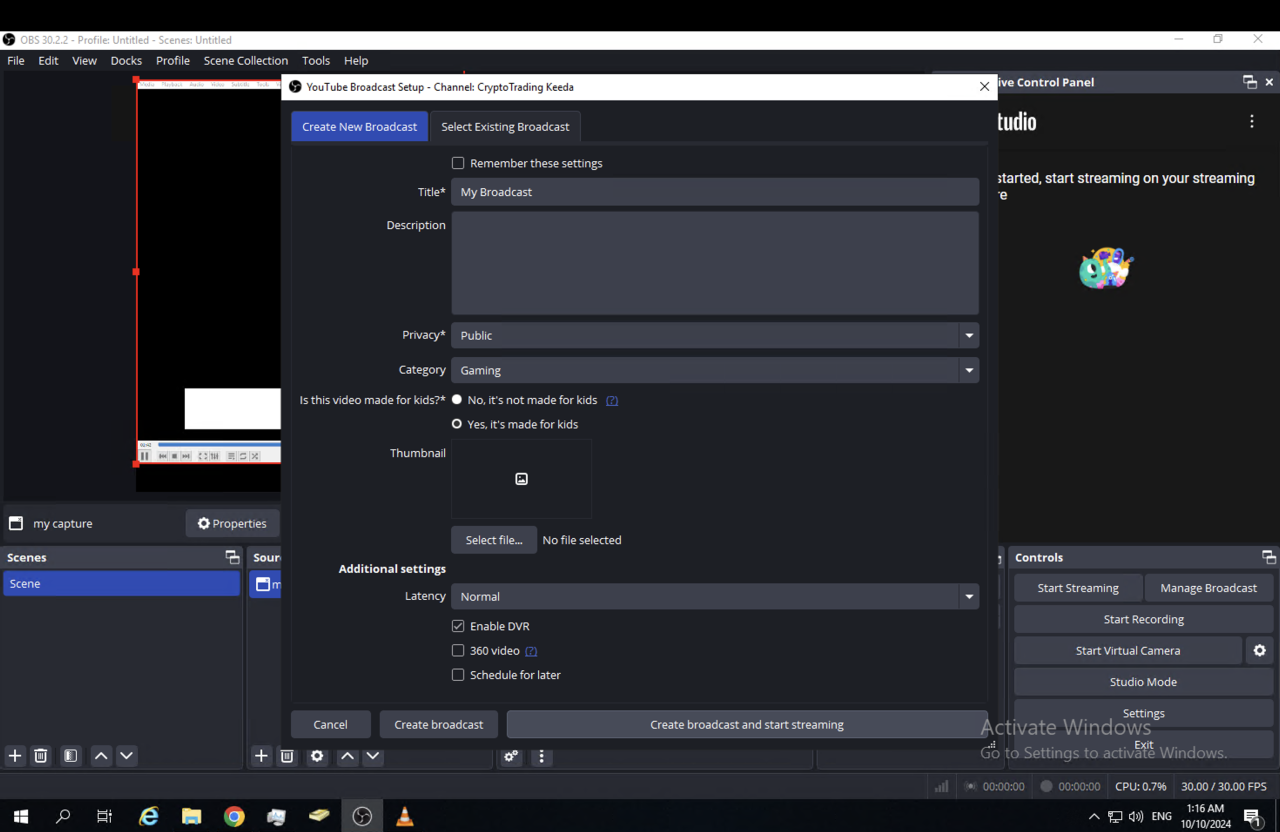

- Disconnect RDP: Once confirmed, disconnect from RDP.
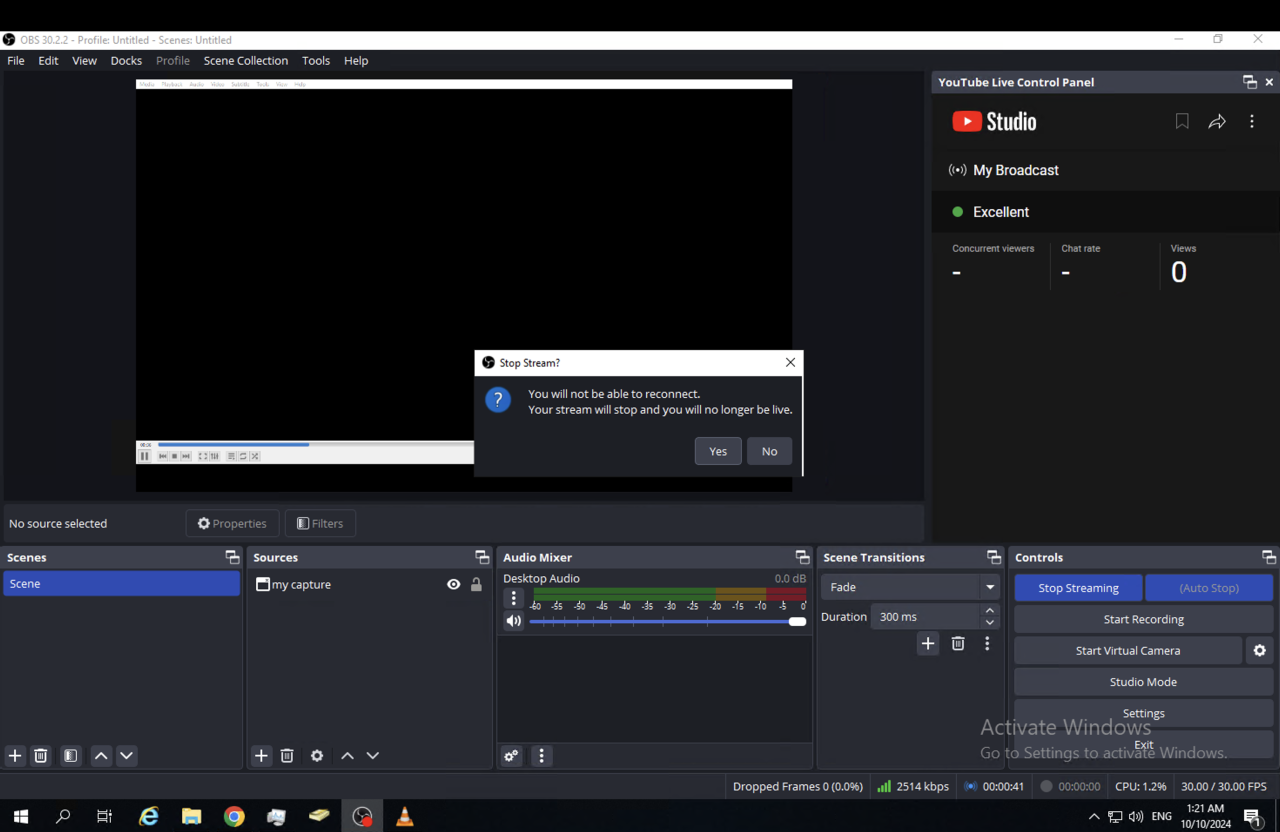
- Reconnect to your server using TightVNC.
- To start or stop the stream in OBS, click “Stop Stream” if the screen appears blank, then click “Start Streaming” to initiate the live broadcast.
- Verify the stream by checking the web browser on your local computer to ensure the live stream is active.
- Once everything is functioning properly, you can disconnect from TightVNC.
BEST SOLUTION
